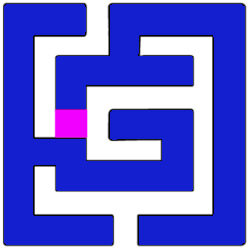Internal Knowledge Graph (build-in)
PARAMUS AI Agent Architecture runs on Composite Memory Integration
Integrating a knowledge graph (KG) into the PARAMUS AI Agent system significantly improves answer quality and system stability by providing structured, reliable information guiding task routing and tool usage.
The PARAMUS internal knowledge graph is handcrafted, grounded in many years of experience in the chemical industry and research. It comprises several hundred axioms and serves as the foundation upon which the system achieves its performance and precision.
Benefits of Using Knowledge Graphs
- Structured Representation: Clearly defines agents, tools, and their functions, enabling efficient data querying.
- Contextual Accuracy: Enhances the agents’ understanding of available resources.
- System Stability: Reduces the likelihood of errors or misrouted queries through explicit agent-tool mapping.
Implementation Patterns
Composite Memory Integration: Combines the KG with session state and interaction history.
Agent-Tool Mapping: Clearly identifies which tools are available to each agent.
Dynamic Task Routing: Agents dynamically decide on task delegation based on KG information.

Taxonomy Example (Agent-Tool-Function Path)
Here is the taxonomy describing a concrete example usage for invoking a full-factorial design call within the provided PARAMUS ontology:
- Agent:
DataScienceAgent
- Tool:
PyDOE2DesignTool- Description: Generates experimental designs using pyDOE2.
- Function:
fullfact- Description: Generates a general full-factorial design.
Integrating a knowledge graph into PARAMUS effectively bridges structured ontology data and dynamic AI agent decision-making, greatly enhancing both performance and reliability.
